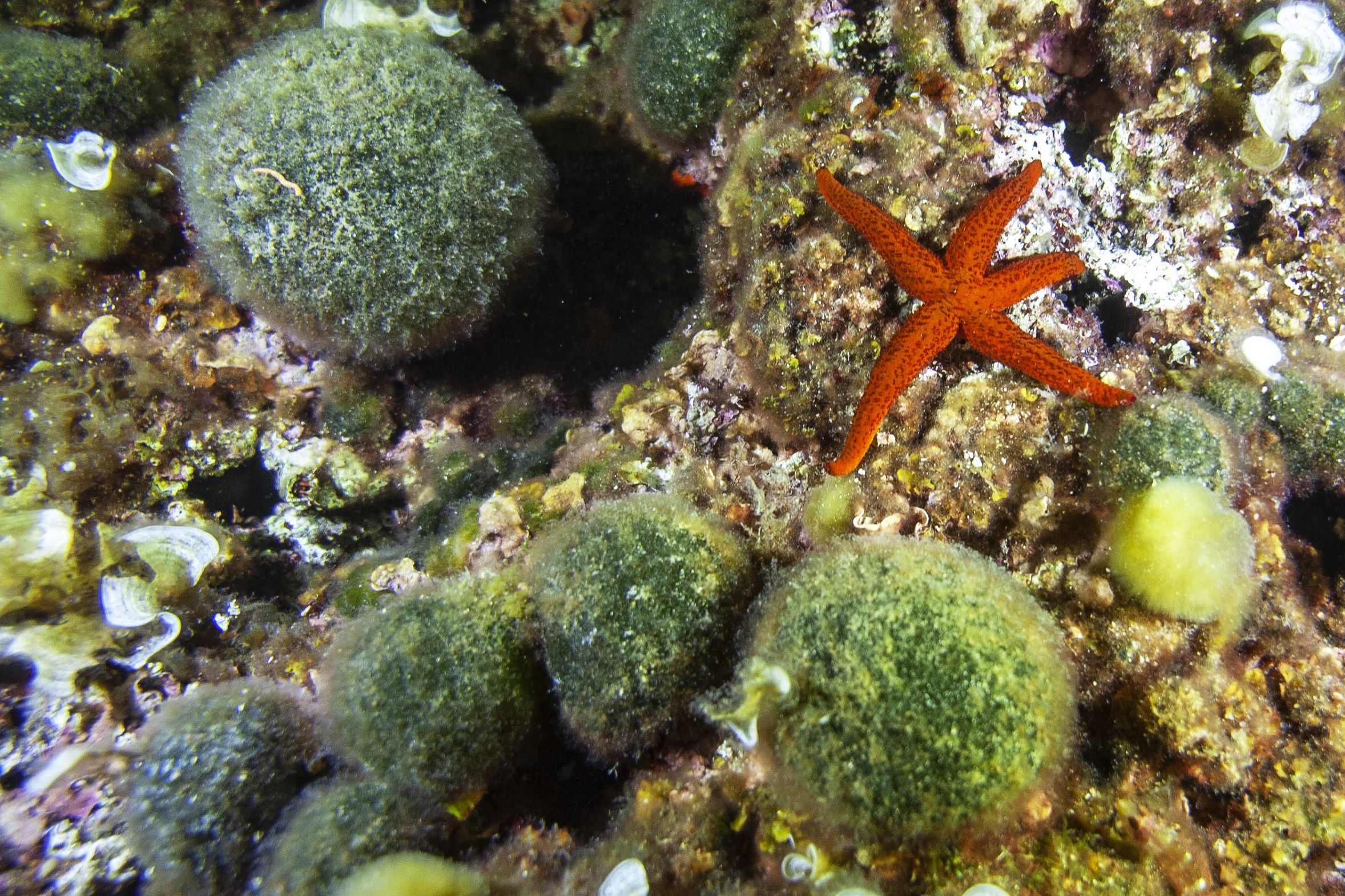How discovery of ‘oldest animal life on Earth’ can transform our understanding of early planet
Researchers found the structures in rock samples from 890 million-year-old reefs in Canada

Your support helps us to tell the story
From reproductive rights to climate change to Big Tech, The Independent is on the ground when the story is developing. Whether it's investigating the financials of Elon Musk's pro-Trump PAC or producing our latest documentary, 'The A Word', which shines a light on the American women fighting for reproductive rights, we know how important it is to parse out the facts from the messaging.
At such a critical moment in US history, we need reporters on the ground. Your donation allows us to keep sending journalists to speak to both sides of the story.
The Independent is trusted by Americans across the entire political spectrum. And unlike many other quality news outlets, we choose not to lock Americans out of our reporting and analysis with paywalls. We believe quality journalism should be available to everyone, paid for by those who can afford it.
Your support makes all the difference.Scientists have discovered fossil remains of sponge-like structures within ancient reefs that may have lived in the oceans up to 890 million years ago, an advance that may push back earliest evidence of animal life on Earth by over 350 million years.
According to the scientists, including Elizabeth Turner from the Laurentian University in Canada, the findings, if verified, could change our understanding of the evolution of animal life on the planet.
Sponges are one of the earliest animals that emerged on the Earth, and are multicellular organisms with simple bodies full of pores and channels allowing water to circulate through them.
While genetic evidence from modern sponges, such as the ones used to make bath sponges, have indicated that these marine creatures emerged during the early Neoproterozoic era 1,000–541 million years ago, the scientists say fossilised sponge bodies from this period have been lacking.
In the current study, published in the journal Nature, Turner and her colleagues examined rock samples from 890 million-year-old reefs in northwestern Canada that were built by calcium-carbonate-depositing bacteria.
In these samples, the researchers found branching networks of tube-shaped structures that contained, and were surrounded by, crystals of the mineral calcite.
On closer examination, the scientists found that the structures resemble the fibrous skeleton found within hornysponges — a type of sponge used to make commercial bathsponges.
They also resembled “structures previously identified in calcium carbonate rocks that are thought to have been created by the decay of hornysponge bodies,” the researchers noted in a statement.
Based on the analysis, the scientists believe the newly discovered fossil may be remains of hornysponges that lived about 90 million years at a time before the Earth’s oxygen levels increased to levels necessary to support animal life.
If the findings are validated, the scientists believe the study could prove that the evolution of early animals occurred independently of this oxygenation event, and that early animal life survived the severe ice ages between 720 and 635 million years ago.
Join our commenting forum
Join thought-provoking conversations, follow other Independent readers and see their replies
Comments